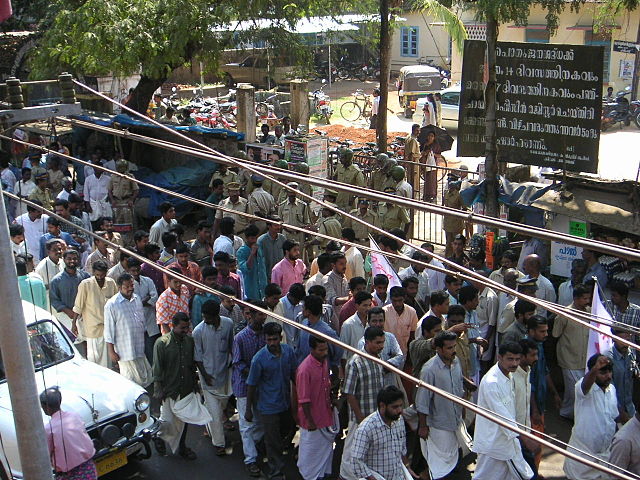Civilian Conservation Corps
The Civilian Conservation Corps (CCC) was a voluntary government work relief program that ran from 1933 to 1942 in the United States for unemployed, unmarried men ages 18–25 and eventually expanded to ages 17–28. The CCC was a major part of President Franklin D. Roosevelt's New Deal that supplied manual labor jobs related to the conservation and development of natural resources in rural lands owned by federal, state, and local governments. The CCC was designed to supply jobs for young men and to relieve families who had difficulty finding jobs during the Great Depression in the United States. There was eventually a smaller counterpart program for unemployed women called the She-She-She Camps, which were championed by Eleanor Roosevelt.
Poster by Albert M. Bender, produced by the Illinois WPA Art Project Chicago in 1935 for the CCC
CCC boys leaving camp in Lassen National Forest for home
A CCC-built bridge across Rock Creek in Little Rock, Arkansas
CCC workers constructing a road in what is now Cuyahoga Valley National Park, 1933
Unemployment, according to the OECD, is people above a specified age not being in paid employment or self-employment but currently available for work during the reference period.
Unemployment in Mexico 2009
A government unemployment office with job listings, West Berlin, West Germany, 1982
Migrant Mother, photograph by Dorothea Lange, 1936
Demonstration against unemployment in Kerala, South India, India on 27 January 2004








